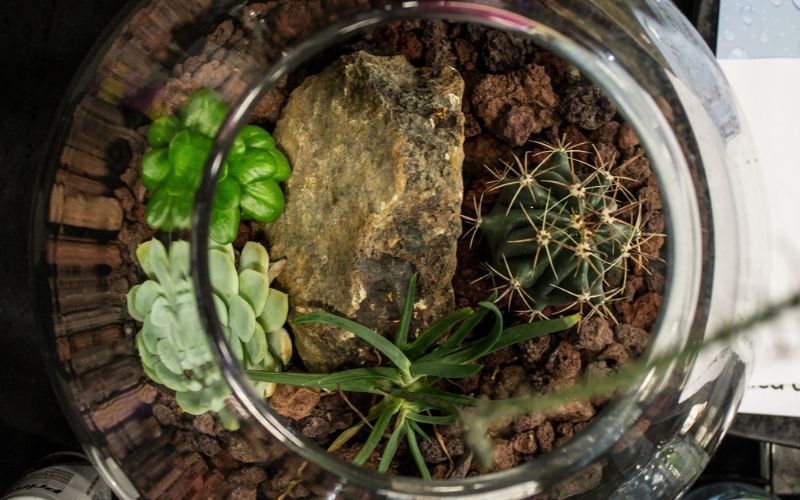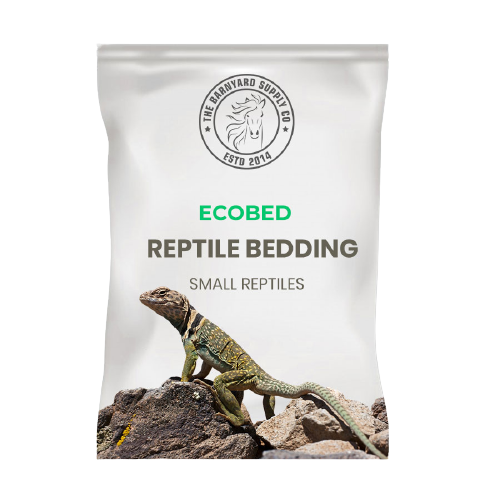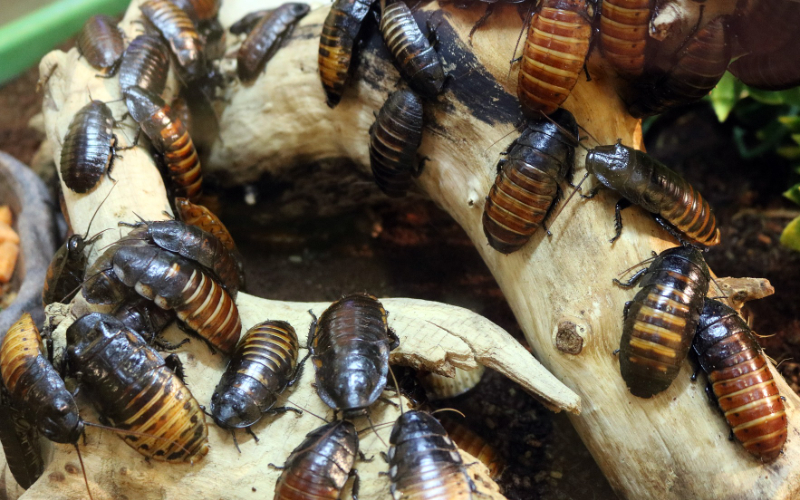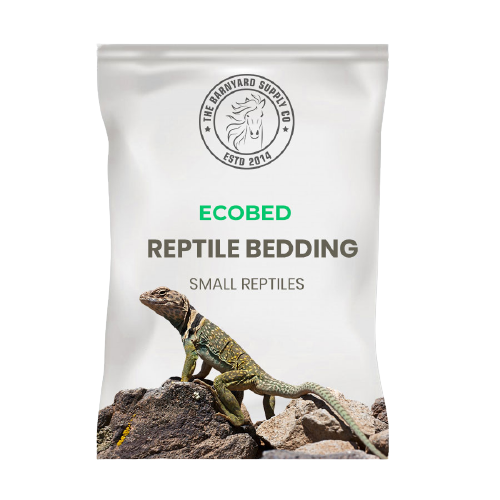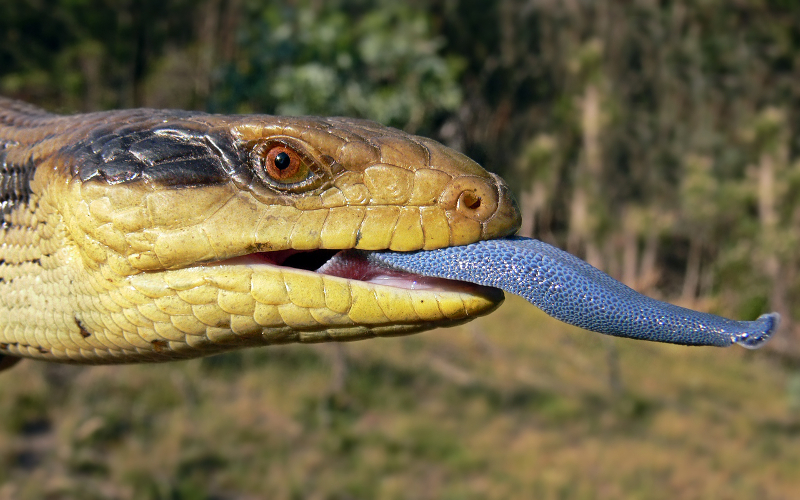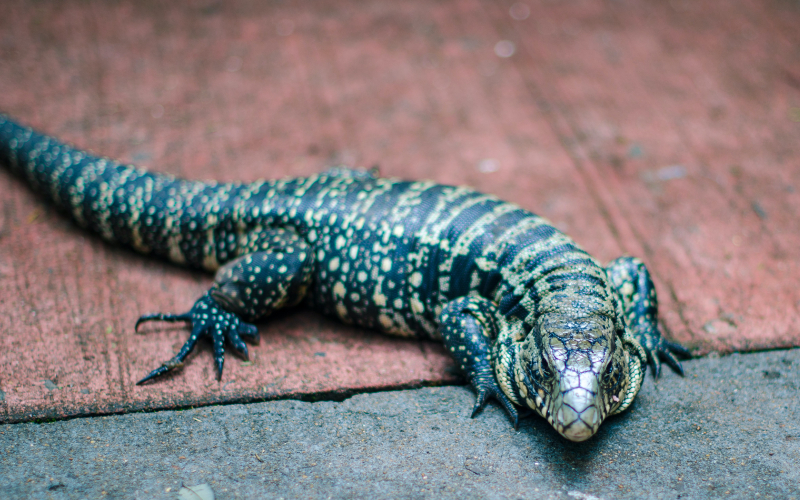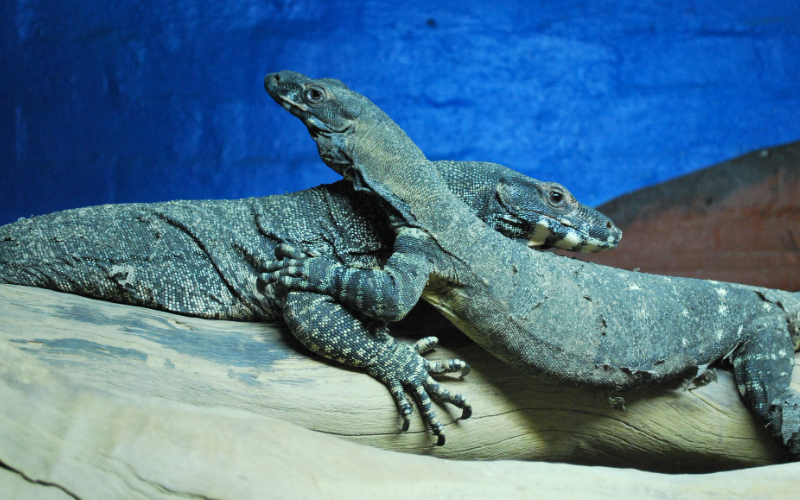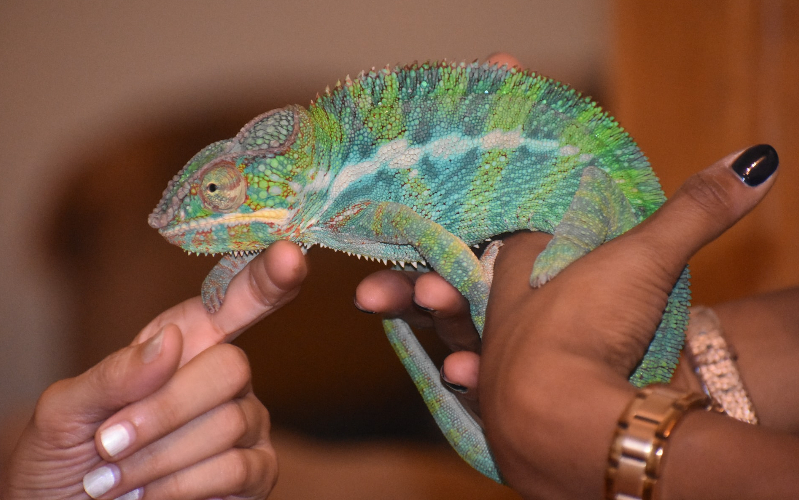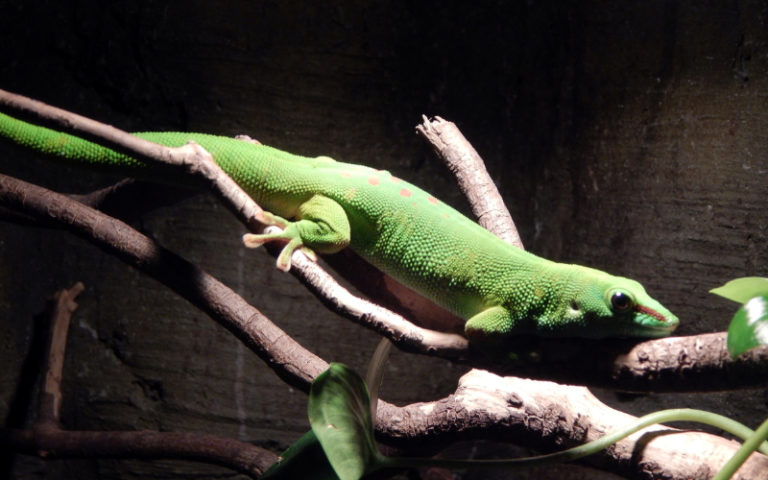Snakes are interesting creatures, and with proper treatment, the majority of them may be kept as pets. Snakes, on the other hand, are clearly not suitable pets for everyone. They have certain requirements and should only be cared for by someone who is committed to meeting those criteria. Find out things to think about before getting a pet snake and which species are best for beginners if you’re new to snakes. The most popular pet snakes are listed here.
The Corn Snake is the most common snake for beginners.
They are found in terrestrial environments and are native to the United States. These snakes are generally red-brown to orange in hue, with dark red-black blotches, however many captive-bred snakes come in a variety of colours.
Corns are 10-12 inches long when young and grow to be 3-4 feet long when fully grown. They can be caught in the wild (by experts), but captive-bred animals are healthier and have superior temperaments.
A 20 gallon aquarium, roughly the size of a medium-large fish tank, can house an adult Corn Snake, and the temperature in the tank should fluctuate from 72°F to 90°F from one side to the other.
Pinky mice are a main food of corn snakes in captivity. They have minimal medical difficulties, and any complications that do occur are usually due to inadequate husbandry. They have a lifespan of up to 20 years. Overall, they have a simple care regimen and a kind disposition that makes them easy to handle and care for, even for novice snake owners!
Kingsnakes may not be the most colourful of the colubrids. They are typically completely black, black and white, or a brown and white combination. However, there are different hues. They may reach a height of 3.5 to 4.3 feet.
The Mexican black kingsnake’s hue is solid black. When it comes to the kingsnake, this colouring is unique and simple to spot. The Mexican black kingsnake is a good choice if you want an inky black snake. It’s simple to look after. Adults require a 40-gallon cage of standard size. They don’t necessitate any extra attention. They have a lifespan of 15 to 33 years. For novices, King Snakes are the finest option.
Ball Pythons receive their name from the “ball” they prefer to curl up in when they want to be secure.
They are native to West and Central Africa and like to dwell in grasslands, where they are most likely to burrow in rodent tunnels. They like to keep concealed during the day and are most active at night.
They’re usually brown with lighter spots, but captive-bred ones are a different storey. Ball Pythons are available in a wide range of colours. Adults are about 3.5-5 feet long and live for 20-30 years.
Ball Pythons are gentle animals who avoid biting. When they are threatened, they like to curl up in a ball. These Pythons devour mice, but their dietary preferences make novice herpetologists nervous. Freshly killed or frozen food is preferred by these pythons.
Ball Pythons are a popular first snake because, aside from their occasional food aversion, they have a simple care regimen and are extremely easy to handle.
Rosy Boas have a brown-rosy-pink coloration and adapt well to captivity. They may be found all throughout the west coast of the United States, as well as sections of Mexico.
Rosy Boas are naturally interested and don’t bite or attack. They’re also great for novices because they like being handled.
In captivity, they can survive for up to 30 years. They are known for being docile reptiles that are easy to care for and need less husbandry, although they are not as well-known as the top three snakes on our list!
The Gopher, often known as the Bull or Pine Snake, is a reptile that is native to the western United States.
They’re often mistaken for rattlesnakes, but amateurs can tell the difference since they don’t have fangs and have a rounded nose and pupil. This reptile can be nocturnal or diurnal, although it is highly active in both modes.
These snakes are slightly longer than many others on this list, reaching a maximum length of 4.5 feet.
They hiss and shake their tails like rattlesnakes when threatened, although they are not poisonous. Although their bite is terrible, they only bite in self-defense.
A tamed and bred hostage for beginners, the environment should be calm.
They may live up to 20 years and like sunbathing, therefore a basking lamp will be required in their vivarium.
Garter snakes are one of the most common snakes in the United States, with dozens of subspecies. These snakes are fantastic in captivity and have calm, gentle temperaments, despite their frequent sightings in the wild. Garter snakes are usually thin and tiny, reaching a length of two to four feet. They are available in a wide range of hues.
This snake is distinguished by its unusual diet, which includes tiny fish and worms, as well as rodents and amphibians. The garter snake is also active throughout the day, which is a fascinating feature. Garter snakes have a ten-year lifespan.
The boa constrictor is one of the world’s biggest snakes. They also live for a very long time. They can even live to be beyond 40 years old. If you want to retain a boa constrictor, you must be serious about it. The B. c. imperator, often known as the Colombian boa constrictor, is the most popular boa constrictor breed. These often reach a height of 5.5 feet.
Boa constrictors are magnificent creatures that like exploring, but they are not the easiest snakes to look after. They need big, humid enclosures. They are also costly to get. These magnificent and unique snakes are not for novices, but they are a must-have for any snake aficionado.
The Carpet Python is an Australian native with a wide range of colours and kinds. This Python is a little longer than other snakes, reaching an average length of 6-6.5 feet. They have a lifespan of up to 20 years.
In terms of temperature, lighting, and food, these snakes follow most of the same husbandry guidelines as the others on this list. They’ll require high temperatures, consistent illumination, and rodents to survive.
Carpet Pythons are snappy as babies and juveniles, but if they are handled regularly as children, they become more patient as adults.
Because of this, some novices choose to begin with a milder option, but it isn’t to suggest that a nice Carpet Python won’t make a good pet for most people.Most beginners adore them because of the wide range of colours available.
The green tree python is a fascinating and visually appealing snake. These unusual snakes are born in colours of yellow, orange, or red. They may reach a height of 4.9 to 6 feet. They change colour and become green as they mature.
They may grow to be fairly huge, therefore a large enclosure is required. Despite its name, tree pythons require a broad enclosure rather than a tall one since they spend nearly all of their time resting on a branch.
If you want the snake to be happy, get a terrarium that is 36 x 18 x 18 inches. Biak, Aru, Jayapura, Sorong, Manokwari, and Wamena are popular pet snake breeds of this species. The morphs are called after the countries from whence the snakes originate.
Temperatures between 88 and 78 degrees Fahrenheit are ideal for these snakes. They require a lot of humidity because they are tropical snakes. Humidity should not go below 40%. You must spray the cage on a daily basis. They have a life expectancy of 20.6 years.
10. Milk Snake
The Milk Snake, is a distinct species of the King Snake.
They are endemic to the United States and Mexico, and their body rings are usually black, white, or red.
They are often found in the woods or rocky places, and they like to absorb heat from rocks and logs rather than the sun, so an under tank heater may be preferable for them. They require only the most minimal of care and can survive for up to 20 years.
This little reptile may grow up to 2 feet in length during its first few years.
Milk Snakes, like other King snakes, are gentle and rarely bite.
Which Snake Is Best For You?
There is no such thing as the best pet snake. Each snake keeper/enthusiast has a favourite pet snake based on their personal preferences. The ball python, the corn snake, the green tree python, and the gopher snake are the most common pet snake species.
The diversity of the ball python is praised. When it comes to ball pythons, there are thousands of established morphs on the market. They are really well-liked.
Although the green tree python is not a docile pet, it is incredibly gorgeous. They are, in our opinion, the best display snake you can have. They spend the day curled up on a limb, where everyone can see them. Corn snakes and gopher snakes are popular in the United States. They are simple to locate and to care for.
Please keep in mind that all snakes have certain demands, including a consistent source of heat, so unless you’re ready to satisfy those requirements, a snake may not be the ideal choice for you.
Conclusion
Almost all of the snakes in our list of ten are gentle and easy to care for, making them ideal for beginners! If you’re new to reptile ownership, consider which one is ideal for you depending on your lifestyle, such as temperament, handling, and looks. New owners of any snake should be familiar with correct care, feeding, behavioural traits, and the level of commitment necessary to retain the snake.
Reptile petting is one such occasion habit seen in rarity, for you to raise them in full conscience need as much information as possible, read more for a complete guide on each pet to wish to raise.









